How to Start an Online Food Business: The Ultimate Guide

When Bob McClure wanted to level up his family pickle business, he found shared commercial space in a tofu factory. The healthy bacteria in the air—caused by the fermentation process of the soybeans used to make tofu—fermented his first batch of pickles—which all needed to be scrapped.
In every new business there are hard lessons to be learned, and each industry comes with its own unique complications and legal considerations. The food industry, though? It’s in its own league. There is a dense forest of information (and misinformation), more risk of legal consequences, and a volatile supply chain that can be affected by anything from weather to, well, healthy airborne bacteria.
If your passion is jewelry and you’re looking to sell your living-room-made embroidered bracelets online, the barrier to entry is fairly low. And your product probably won’t make someone sick. With food, however, safety is always a concern. National and regional government organizations closely regulate and monitor the food industry to ensure public safety, but the onus is on the producer and the merchant to stick to the rules and be obsessive about quality. Check our guide on how to make money online if you are still deciding.
If that’s not daunting enough, running a food business also involves a delicate inventory dance to avoid spoilage and waste, which can cost a new business a lot of money.
If your business idea is too good not to pursue, and if you’re ready to take on the challenge, welcome, intrepid entrepreneur. We’re here to help you succeed and sell items online. I waded through the ocean of information and consulted some experts so you don’t have to. In this post, I’ll cover everything from production to shipping and, ultimately, how to sell a product online for free.
Get your Restaurant Online with the Express Theme
Express is a free theme designed with food and beverage businesses in mind. Fulfill orders online while keeping control of your customers, profits and brand equity.
Preview the Express ThemeMeet the experts
- Bob McClure, co-owner, McClure’s Pickles
- Glenford Jameson, food lawyer, G.S. Jameson & Company; podcaster, Welcome to the Food Court
- Jodi Bager, founder, JK Gourmet
- Daniel Patricio, owner, Bull & Cleaver
Note: Every country and region differs in terms of food laws and licensing requirements, and some industries, like dairy and alcohol, may be subject to additional rules. Be sure to consult with a lawyer and your local government for information specific to your business and region. For the purposes of this post, information and advice will be general, unless otherwise noted.
🏃🏾♀️ Shortcuts
- Food to make and sell
- Produced vs. curated
- Sourcing ingredients
- Food production
- Packaging, branding, and labeling
- How much does it cost to start a food business?
- How to price food products
- Inventory
- Growth and product development
- Food and the law
- Ethics and transparency
- Shipping
- Retail and wholesale
- Marketing
Food to make and sell: finding your niche

In many cases, the best online business ideas are born out of passions or hobbies. If you make jams for friends and family from strawberries grown in your own backyard, that’s a good place to start. You already know the process and have had experience honing and testing the recipes.
Bob McClure and his brother Joe grew up making pickles with their grandma Lala, and it was her family recipe that ultimately inspired their business, McClure’s Pickles. An actor and a psychology major, respectively, they didn’t know the first thing about business or manufacturing, but their tried-and-true family recipe was their foundation.
Market research
If you have an idea already, test its viability. Is there a market for this product? If it’s a saturated market, how can your product differ? Is there an untapped niche or sub-audience? Also, consider if yours is a product that can easily be sold online and shipped—consider legalities (say, with liquor), fragility, and shelf life (does it require refrigeration?).
Food trends
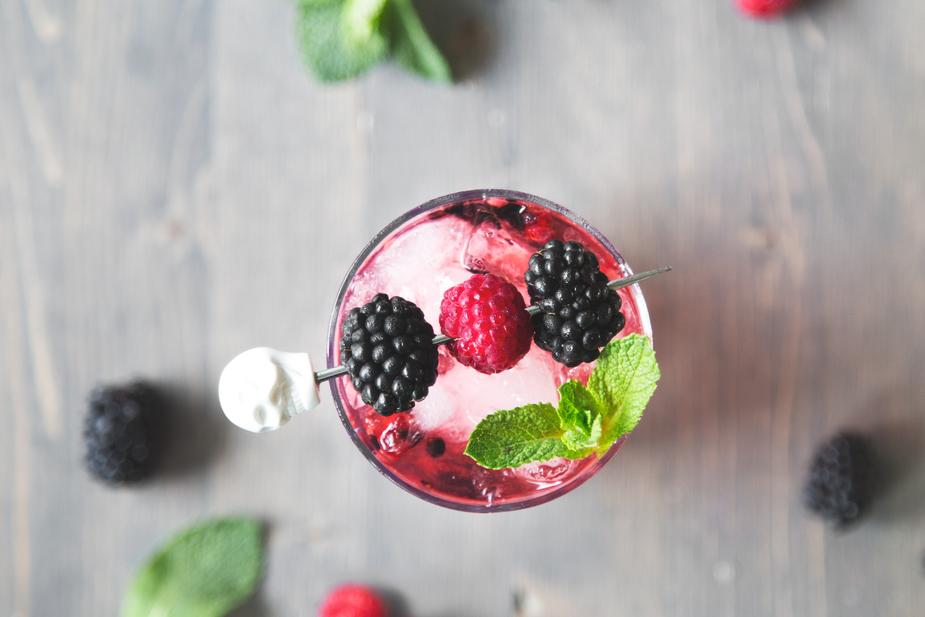
If you don’t yet have a product idea, look into current food trends for ideas. One source predicts that mocktails, plant-based proteins, and kombucha beer are among 2020’s hottest foods. Back up the claims with your own sleuthing, though: look at search volume and Google Trends, and check out the competition.
When the McClures decided to offer a premium pickled product, they had very little competition. More than a decade later, pickling is having a renaissance moment, and Bob welcomes the competition. “Yeah, there’s competition, but it’s the right type of competition if it’s bringing awareness to highly specialized, quality-driven entrepreneurial products,” he says. “It helps improve our entire category.”
Learn more: Even if you have a brick-and-mortar restaurant, we can take care of the online ordering system so you can keep cooking without sacrificing what matters.
Food business ideas
Does your idea tap into an existing niche category? Explore:
- Custom, novelty
- Gourmet, artisanal, small batch
- Dietary restrictions: allergen free, gluten free, nut free, etc.
- Certified organic, natural, fair trade
- Ethical and religious: vegan, vegetarian, kosher, halal
Jodi Bager’s business, JK Gourmet, was designed to help her manage ulcerative colitis, and her audience is made up of people also living with colitis and other forms of bowel disease. She produces healthy snack options without the ingredients that commonly trigger her condition. “We also address the needs of the growing paleo community,” Jodi says, “and we’re appealing to a wider audience than ever before.”
Ideas for beginners
Look into easy first-time food-businesses that require a low investment, minimal equipment, and fewer shipping challenges and legal restrictions. Thirteen-year-old Charlie Cabdish makes and sells candied pecans from his family’s home. It’s a business he can still run from a domestic kitchen—between school work and basketball practice—nearly three years after launch.
🥫 Other product ideas:
- Candy
- Packaged snacks
- Canned and pickled products
- Dried herbs
- Baked good ingredient kits
- Seeds
- Raw ingredients (flours, etc.)
- Curated resale
- Coffee and tea
☕ Learn more: Sell Coffee Online: How to Launch a Café.
Produced vs. curated
Much of this article applies to businesses that produce their own food, whether it’s through a third-party manufacturer, a home-based business, or a full-scale commercial facility.
If you’re looking to curate existing food products—say, in the case of an online gourmet marketplace—skip ahead to Pricing. You may also like: Redefining Local: Small-Batch Producers Collaborate to Disrupt the Grocery Industry, our profile of Shopify merchant Many Kitchens.
Sourcing ingredients
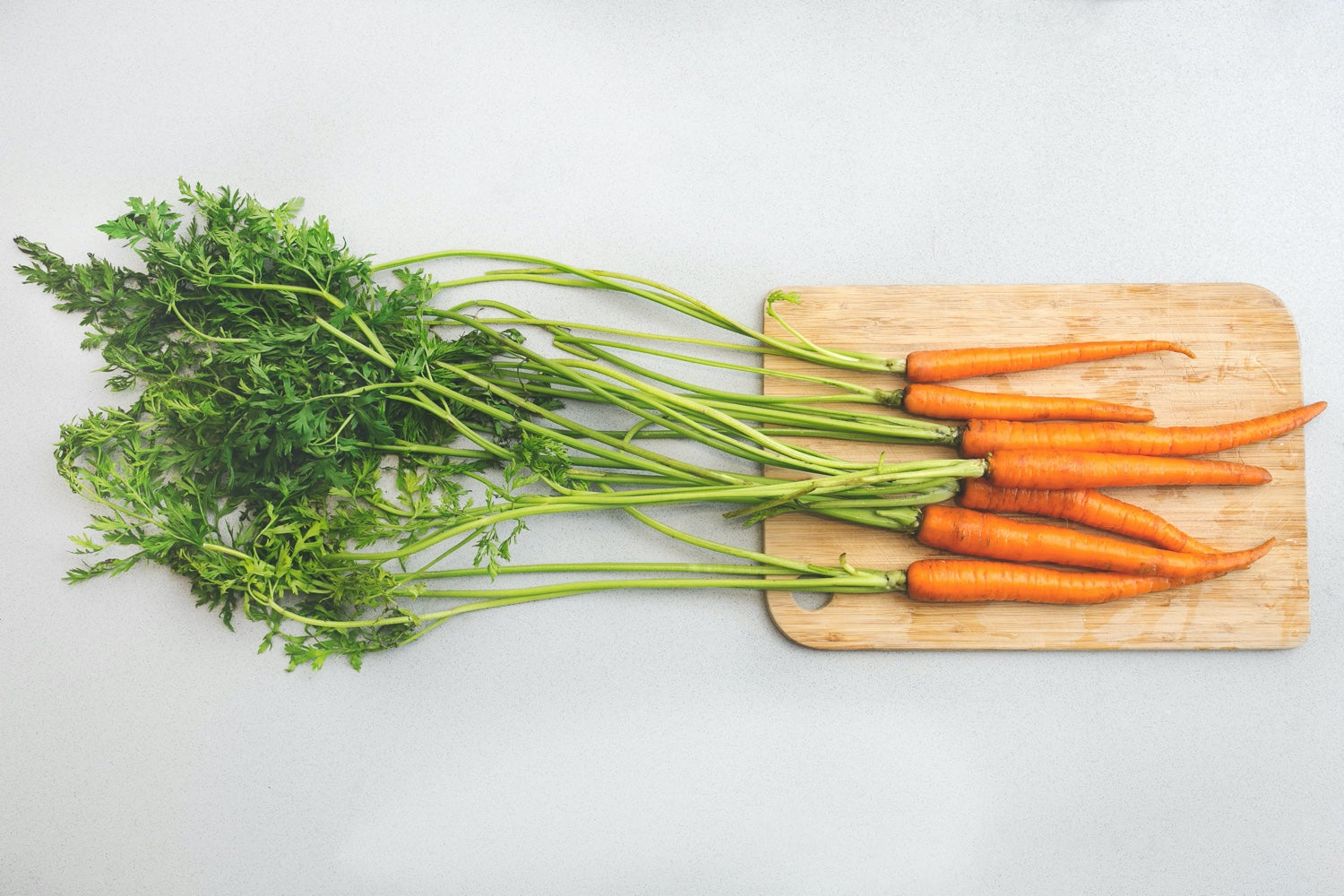
Food lawyer Glenford Jameson stresses the importance of doing your homework when sourcing your ingredients. “Trace the supply chain,” he says, so that your packaging claims match what’s inside and you’re working with trustworthy companies.
🗒️ Helpful resources:
- FDA food ingredient and packaging guide, including allergen and food additive information (US)
- Ingredient supplier guide by Food Processing magazine (US)
- Australian Food Composition Database
- Functional Foods and Natural Health Products Database (Canada)
Sometimes our suppliers make suggestions based on something new that comes to market. It’s a collaborative partnership.
Jodi Bager
If you plan to produce a product that will be labeled organic, for example, be sure that your raw ingredient supplier has the proper certification before making claims on your packaging. Developing a relationship with your supplier improves trust and makes them feel a vested interest in your business. “Sometimes our suppliers make suggestions based on something new that comes to market,” says Jodi. “It’s a collaborative partnership.”
💡 TIPS:
- When you’re just starting out and producing small batches, it may be cost effective to shop for ingredients at consumer warehouse club stores like Costco or Sam’s Club.
- Make connections: in certain industries, finding suppliers may rely on word of mouth and personal introductions. The founders of Soul Chocolate networked in the industry to make connections with regional cacao farmers.
- Alternatively, for commodities like cacao and coffee beans, look for a distributor or broker who works directly with farmers.
- Team up with other small-batch producers to purchase bulk wholesale ingredients together.
Food production: commercial kitchens, home-based businesses, and manufacturing facilities
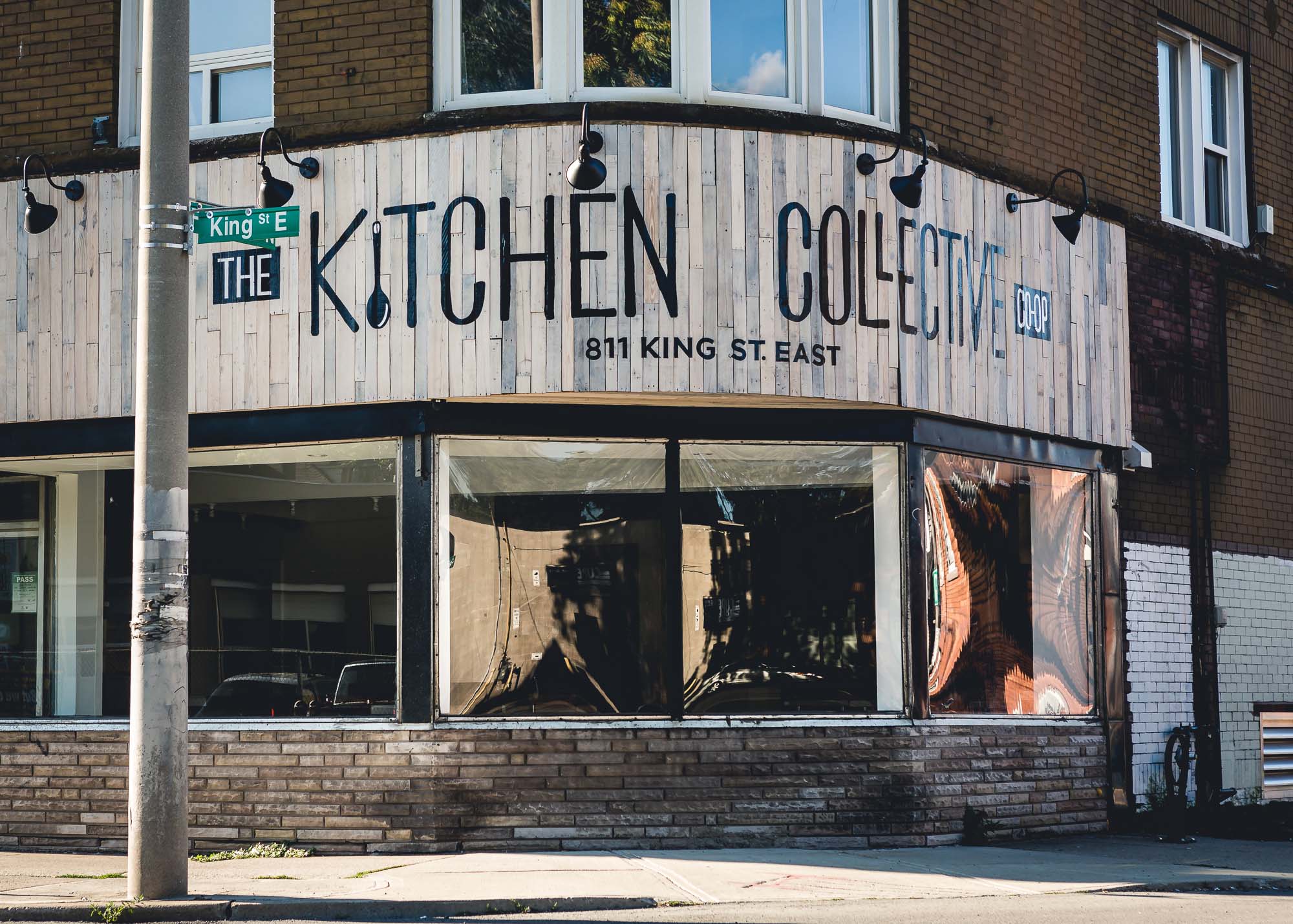
While McClure’s Pickles started as a tradition in their family kitchen, the McClures continually upgraded their production setup, eventually landing in the 20,000-square-foot factory space where they operate today. “When we were first starting out, we rented a kitchen that had a larger stove,” says Bob, “and we would call up our friends and say, ‘Hey, I'll buy you pizza and beer if you come make pickles with me on the weekend.’”
As you’re launching your business, you have several options for production:
Selling food from home
Some food items can legally be produced and sold right from your domestic kitchen, but look into the regulations surrounding your chosen product. In the US, the FDA requires that you register your home-based business as a facility. Be sure you secure the required license to sell food from home in your region.
Shared commercial kitchens
Many facilities offer shared or co-op kitchen space that you can rent hourly or monthly, depending on your production needs. The benefits are reduced costs and paperwork (the facilities are already registered as commercial space). There are several region-specific directories for shared kitchen space, such as:
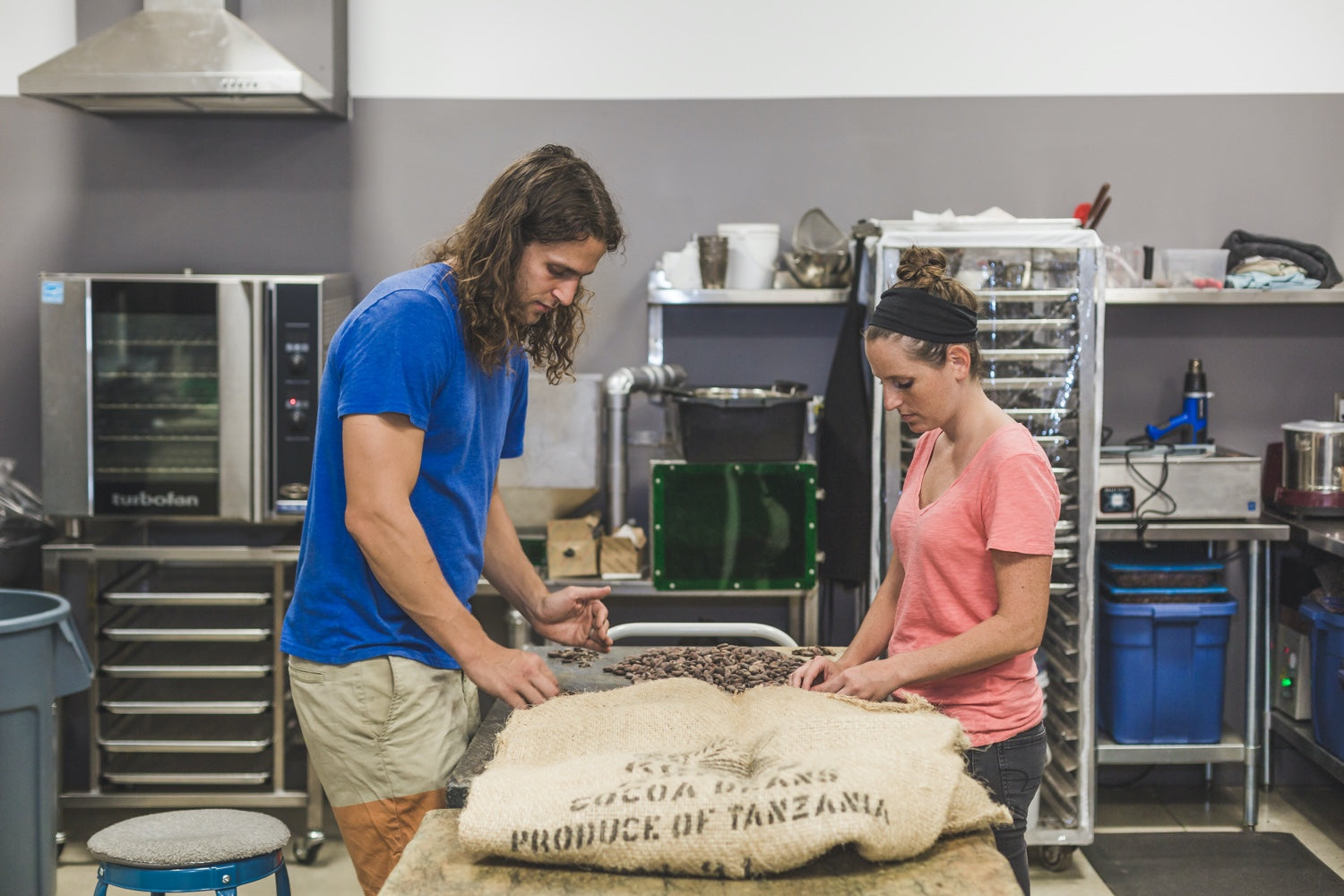
Set up your own commercial facility
Have full autonomy and start from scratch, but be sure to check with your local food governing agency to ensure your facility is properly registered and meets code. This may not be the best option for new entrepreneurs, but rather a future goal. “We started small in our home kitchen and then grew from there,” says Jodi. “We did not move out until we were bursting at the seams and knew we had a big enough business to support the move.”
It is really impressive how much diligence goes into running a USDA-inspected facility.
Daniel Patricio
Work with an existing manufacturer
This option is great for hands-off entrepreneurs who are more interested in the business than the production. It’s a great option for industry newbies, too, as the manufacturers should already be versed in food safety and regulations. Find a food manufacturer via a manufacturing directory like Maker’s Row.
“We partnered up with someone that had a USDA-inspected facility so that we could ship across the US sooner, without any food safety issues,” says Bull & Cleaver founder Daniel Patricio. “It is really impressive how much diligence goes into running a USDA-inspected facility.”
Packaging, branding, and labeling
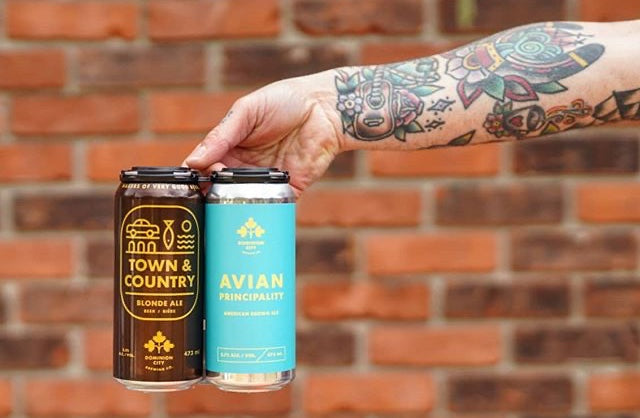
Ecommerce is especially challenging for food, because the most important decision-making sense—taste—can’t be accessed. Because customers can’t sample your product, branding is especially important. Package design, photography, website, product page, and copy need to work together to tell your story and help customers imagine how your product might taste. “Before you taste the product, it’s got to be something that attracts you,” says Bob. “We chose our name and our identity—everything from the label, the look, the feel, the text—to be something that connotes handmade and family, yet urban.”
💡 TIP: Because packaging is extremely critical in this industry, consider hiring a designer to help with your needs.

Aside from the visual appeal of your packaging, each country has its own labeling requirements, which may include best-before dates, nutritional information, allergen warnings, and country of origin. If you plan to ship your product across borders, especially to retailers, be sure to check the destination country’s rules around labeling.
🗒️ Helpful resources:
- FDA food labeling, ingredients, and packaging information (US)
- FDA Food Labeling Requirements Ebook (US)
- FTC Fair Packaging and Labelling Act (US)
- CFIA food labeling requirements (Canada)
- Canadian food packaging manufacturer directory (Canada)
- US food packaging manufacturer directory (US)
How much does it cost to start a food business?
Because of the different models described above, the costs to start a food business can vary wildly. If you were to open a restaurant or physical food store, your upfront costs could be upward of $200,000. But there are many ways to get started with much smaller startup costs.
Small-batch producers who start home-based businesses have far less overhead and can expand into commercial spaces later as the business grows. Without expensive leases or staffing costs, you could realistically start small with just a few hundred dollars to cover ingredients, website and marketing costs, and packaging. You may even be able to claim some of your housing and utility costs at tax time if your living space doubles as your business space.
If it’s not possible to run your business from home, consider the monthly cost of a commercial facility when calculating your startup costs. Production facilities can be expensive, but many co-ops and incubators offer shared kitchens to entrepreneurs for a fraction of what you’d spend in a dedicated space. In Hamilton, Ontario, the Kitchen Collective offers memberships for as low as $200 per month, or $16 per hour.
How to price food products
In my interviews with merchants over the past year, one thing is clear, regardless of the product: pricing is hard. Ultimately there’s no one magical pricing formula that will work for everyone. Know your costs, and keep adjusting until you get it right.
Daniel suggests forgoing profit at first to get your product in front of as many customers as possible. “Over time, those cost savings will come,” he says.

If you believe in the value of your product, price it accordingly. Bob says McClure’s stands by its pricing. “We’re not the cheapest product out there,” he says, “so we have to compete on something that’s truly unique, otherwise you just become one of the other commodities. And then it’s a race to the bottom.”
Profit margins for food businesses also depend on many factors—what you’re selling or how and where you’re selling it, for example. Restaurant margins are usually under 10%, while meal-kit services may have margins of up to 40%.
📚 Additional Reading:
- Pricing Strategy: 10 Ways to Find the Perfect Price for Your Products
- How to Price Your Food Product and Still Make Money
- Profit margin calculator
Expiry dates and inventory
JK Gourmet’s brand is built on products that contain natural ingredients and no preservatives. The shelf life on most of the company’s products is only five to six months, so Jodi, therefore, keeps inventory tight, turning it over every one to two weeks.
While McClure’s Pickles have a longer shelf life, Bob wants to be sure customers get his product as fresh as possible. For that reason, the company’s inventory strategy errs on the side of producing too little of the product, rather than too much. “It’s a juggling act, and we’re always getting better with forecasting our needs,” he says. “We have to make so much to justify a production run, while also ensuring there’s a sales channel or outlet and enough demand behind it to really make it work.”
💡 TIPS:
- Investigate the tools available in the Shopify App Store—they’ll integrate with your store
- Use batch numbering or barcodes to keep inventory organized
- Educate your team on your inventory management practices
Growth and product development
The McClures found success by honing in on their namesake product, perfecting and iterating on their grandmother’s pickle recipe. Expanding their offering, initially, was a response to overwhelming customer feedback.
A lot of our product ideas come from the customers.
Bob McClure
“We started with the pickles and very quickly made a bloody Mary mixer,” says Bob. “A lot of our product ideas come from the customers.”
Low-risk ideas came next—tried and true pickle flavors, for example, applied to other products, like chips. Since the early days, however, product development has become more sophisticated, and the family relies on data to inform their next move. “Before we had access to data, it was a lot of word-of-mouth,” says Bob.
While the family still loves engaging with customers and hearing their ideas, Bob warns to take them with a grain of salt. “Not all ideas are like gold,” he says. “You have to make sure that there’s enough critical mass behind the idea before you take that into a product launch.”
What else can you sell?
Dominion City Brewing Co. sells its beer locally via its online store, but liquor laws prevent it from selling beyond Ontario’s borders. Fans of the brand who live outside the province can still shop for branded merchandise, like glassware and clothing.

Depending on the liquor laws in your region, you may not be able to sell alcoholic beverages online at all. Consider complementary items to extend your reach beyond your local market.
🍅 Ideas:
- Branded merch
- Gift cards
- Complementary food products
- Kitchen and serving tools
- Recipe books
The fine print: food and the law
Provided you do your homework, acquire the proper licences, and meticulously track everything, the likelihood of getting into legal hot water is low. If you do—and this is the scary part—the consequences can be severe. As a food producer, you’re exposed to both civil liability and regulatory liability, according to food lawyer Glenford Jameson. “The government can throw you in jail, take all your products and destroy them, shut you down, or give you a big fine,” he says.
If your product is complicated or falls under a particular set of categories that requires additional licensing (meat, fish, and some agricultural products, for example), you may want to consult a lawyer with experience in the food industry. Though the upfront cost may be high for a new business owner, it could avoid even costlier consequences down the road.
However, Glenford says, “with the understanding that there’s this broad, significant regulatory framework,” there are some best practices if you choose to navigate the legal bits on your own.
💡 TIPS:
- Don’t get people sick. Learn how to properly handle and store food.
- Trace the supply chain. Ask questions of your suppliers and get referrals.
- Work with a lab to test your products. Labs can help identify and trace elements that may be known to cause allergic reactions.
- Keep thorough records. Track everything coming in and going out of your facility.
- Make friends with the food inspector. They are there to identify any issues and set you up for success. “They really offer you some pretty sage and, frankly, free advice on how to make sure you’re making a good and reasonable product,” says Glenford.
- Get liability insurance. Be sure you’re covered in case anyone does get sick.
Ethics and transparency
Beyond legality, bad decisions around ethics and transparency can ruin a brand. This is true of any business, but the layers of complexity in food can make your business especially vulnerable.
Glenford says the best businesses ask themselves ethical questions about their actions, their suppliers, how they treat employees, and how they impact the world. “When they approach problems in that way,” he says, “they’re typically in a better position to maintain the respect and goodwill of the community that they operate in, as well as from their customers.”
Shipping & Delivery

We’ve spent a lot of time building resources to help ecommerce entrepreneurs streamline their shipping processes. It is, after all, one of the most common pain points for business owners.
And, no surprise: shipping food carries additional challenges, especially when shipping outside of the country. “When you’re exporting food, there are a series of foods whose export is regulated under commodity legislation—Meat Inspection Act, Canada Agricultural Products Act, Fish Inspection Act, for example,” says Glenford. “Those have their own rules.”
Consider, as well, the potential restrictions on your product in its destination country. Technically, once products are in the shipping stream, they become the problem of the purchaser, but a poor customer service experience can be bad for business. Mitigate the customer’s ultimate frustration by versing yourself on the laws where you ship.
Alternatively, to avoid the red tape, you may consider working with a fulfillment service if you do a lot of business across the border. “We found the cost of shipping individual orders to the US was prohibitive,” says Jodi. “For that reason, we ship bulk orders to the US where they are warehoused and shipped directly out to US customers.”
Products requiring refrigeration aren’t ideal for cross-border shipping, but Vegan Supply in Vancouver successfully ships its cold products nationally across Canada using cold packs and expedited shipping.
Order pickup and local delivery
If you’re selling an item that simply cannot be shipped by post (say, cupcakes slathered in fluffy icing), consider alternatives that still allow you to sell online. Offer online options to customers who pre-order your product: pickup from your location or local delivery.
During the lockdowns imposed to stop the spread of COVID-19, many retail stores pivoted to an online strategy and set up contactless curbside pickup in lieu of in-store shopping. In response to these challenges, we’ve put together a comprehensive guide to help you set up these delivery methods for your store, too.
Ready to create your food business? Start a free trial of Shopify—no credit card required.
Building a website
As with branding and packaging, the look and feel of your website is important in helping influence the customer to buy a food product without tasting it first. This includes photography. You can opt to DIY your photoshoots or hire a professional who has experience with properly styling and lighting food. Shoot product packaging and close-up details of the product to show texture and true-to-life color, but also experiment with lifestyle photography that suggests serving and pairing ideas.

Use product page copy to describe your product’s taste and texture in detail, and include ingredient and allergy information in full. To keep the product page uncluttered, invest time in a thorough FAQ page to answer additional questions about ingredients, dietary information, and production methods.
Even if your website isn’t supplying the bulk of your sales, it’s important to nurture it as a tool to connect with customers and tell your story. “We’re in 5,000 stores worldwide,” says Bob, “but we still have a core group of people that come to our website, purchase every year, like to see what we’re doing, and get connected to our brand, our story.” If site design isn’t your strength, you can choose from plug-and-play Shopify themes or hire a Shopify Expert to build something custom.
Retail and wholesale
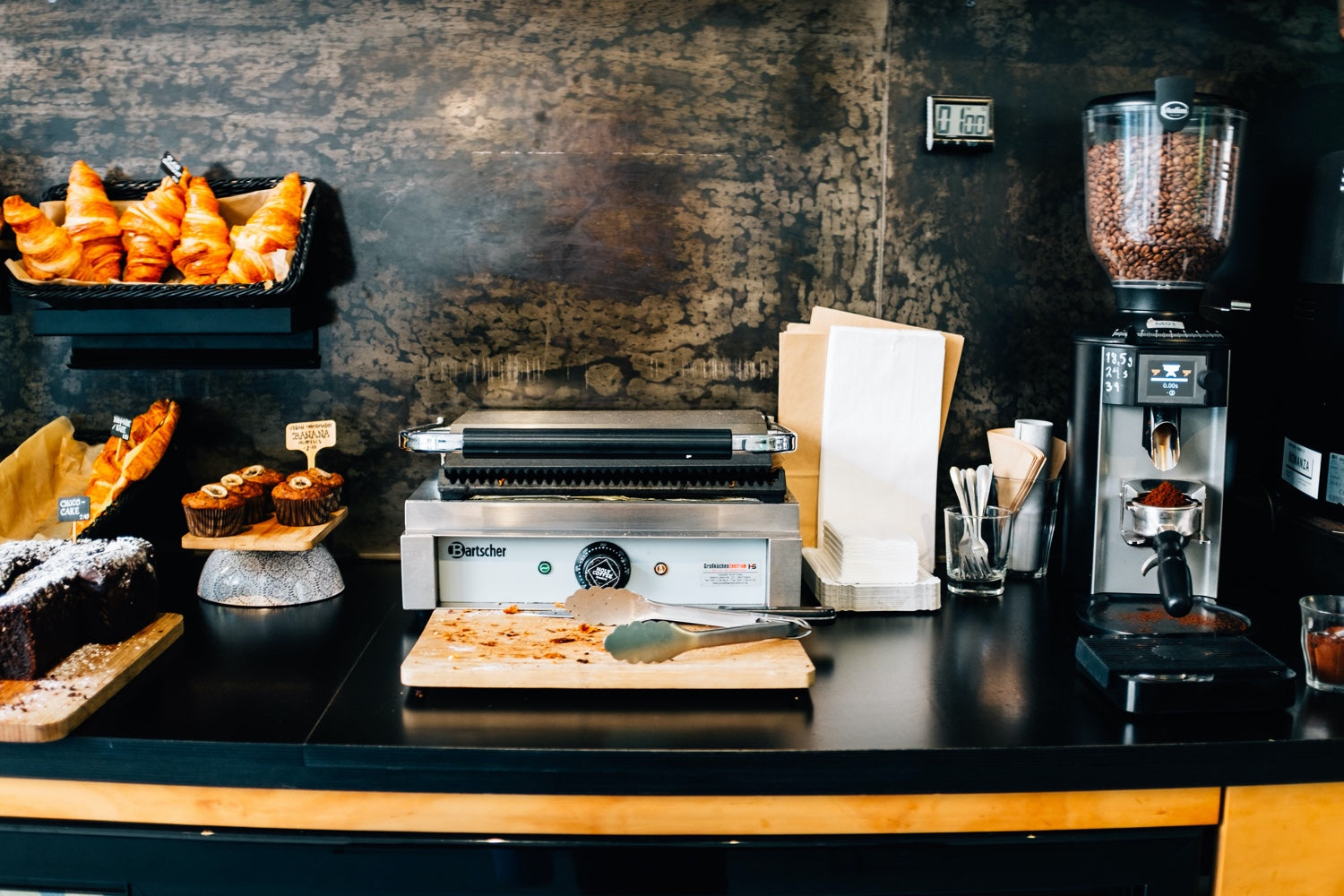
McClure’s initially grew its business through retail partnerships. Success with that channel relied on truly making retailers part of the business and inviting them to care about McClure’s mission. “Some of our retail partners take on more familial partnerships where we’ll work with them to do menu pairings or specific events that focus around our products and their products,” says Bob.
🗒️ Resources for finding retail partners:
- National Association of Wholesaler-Distributors (US)
- Directory of food and beverage trade expos (US)
📚 Additional Reading:
- 5 Steps to Get your Product on Store Shelves
- How to Create a Wholesale Channel and Sell to Other Retailers
- Wholesale Case Study: Bean to Bar to Business: The Story Behind Soul Chocolate
Marketing and content
Marketing your online store is another topic we've covered extensively in this blog, and the same rules apply for food. In the absence of taste testing, connecting your customers to your story is extremely important.
Word of mouth can take your brand extremely, extremely far.
Bob McClure
McClure’s dedicates a significant percentage of its site to community—extra content, recipes (its own and customer generated), and prominent social calls to action. Social media is very important to the brand. “That’s where our core consumer goes,” says Bob. “We want to be engaged with our community because they’re the influencers. Word of mouth can take your brand extremely, extremely far, as we’ve seen.”
Offline marketing
Though your business plan may have no room for a physical retail strategy, it’s still important to take your product to the streets—and to the mouths of your potential customers:
- Generate buzz locally by participating in farmers markets
- Run a pop-up
- Partner with restaurants or other complementary brands to host a tasting event
- Host a private dinner for influencers
- Periodically invite customers into your process (like brewery tours)
- Launch your brand at a consumer food and beverage expo
Thank you for hanging in there, budding food founder. Starting a food business is an extensive topic to cover, and we will continue to keep the information here as current as possible. Food is a challenging industry but an exciting one that can bring you success if you’re passionate and willing to wade through the legalese.
If we don’t learn from what we do as entrepreneurs, we don’t truly grow.
Bob McClure
Over a decade after its launch, McClure’s now employs dozens of people who make and ship its product to thousands of consumers and retail partners around the world. Though Bob tells me he can’t confidently say he has it all figured out, he says his journey has been a rewarding one. “Some challenges are big enough to break you,” he says, “but how you use them as a learning experience in the future is what really makes for a great ongoing success story. If we don’t learn from what we do as entrepreneurs, we don’t truly grow.”
Get your Restaurant Online with the Express Theme
Express is a free theme designed with food and beverage businesses in mind. Fulfill orders online while keeping control of your customers, profits and brand equity.
Preview the Express Theme